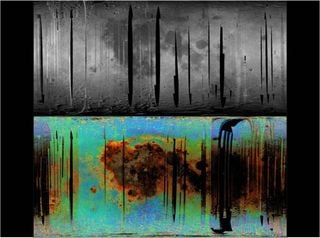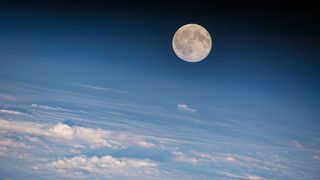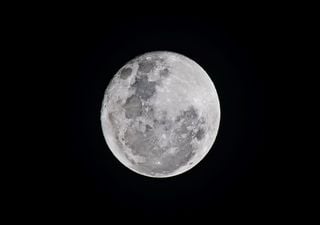The conjunction of the Moon and Saturn: An unmissable celestial spectacle
This phenomenon, where both celestial bodies appear to come closer in the sky, were a unique opportunity for astronomy lovers. Join us on this observation journey and discover how to enjoy this spectacle to the fullest.
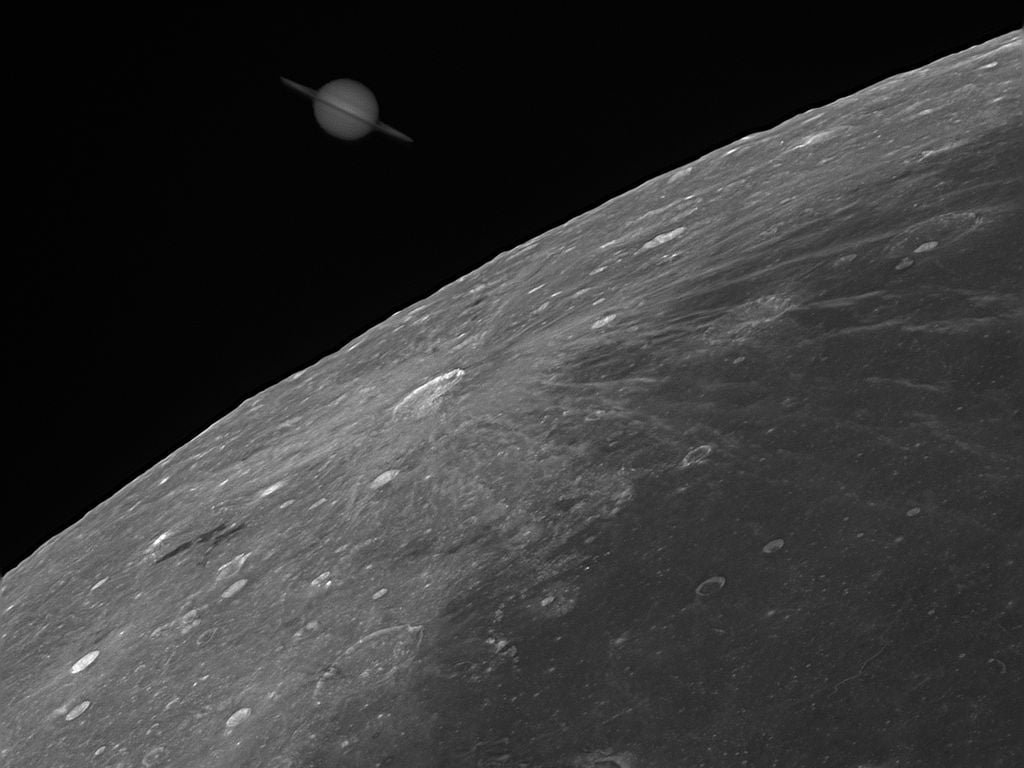
On our journey around the Sun, we sometimes see the planets from certain perspectives that we find fascinating. If this is combined with the movement and phases of our satellite, the Moon, incredible encounters occur, such as what is about to happen tonight. The conjunction of the Moon and Saturn is an event that does not occur frequently, which makes it even more special. The apparent closeness of these two celestial bodies creates an impressive sight, visible to the naked eye from any place with clear skies.
Observing the conjunction can be an educational and exciting experience for people of all ages. It is an excellent opportunity to learn more about the Moon, Saturn, and their characteristics. Plus, it is a perfect time to share with friends and family, creating lasting memories under the starry sky. Don't miss the opportunity to observe this astronomical event. Prepare your binoculars, telescopes, and cameras, and head to a place with little light pollution. The celestial phenomenon can be an unforgettable spectacle that will connect you with the cosmos in a unique way.
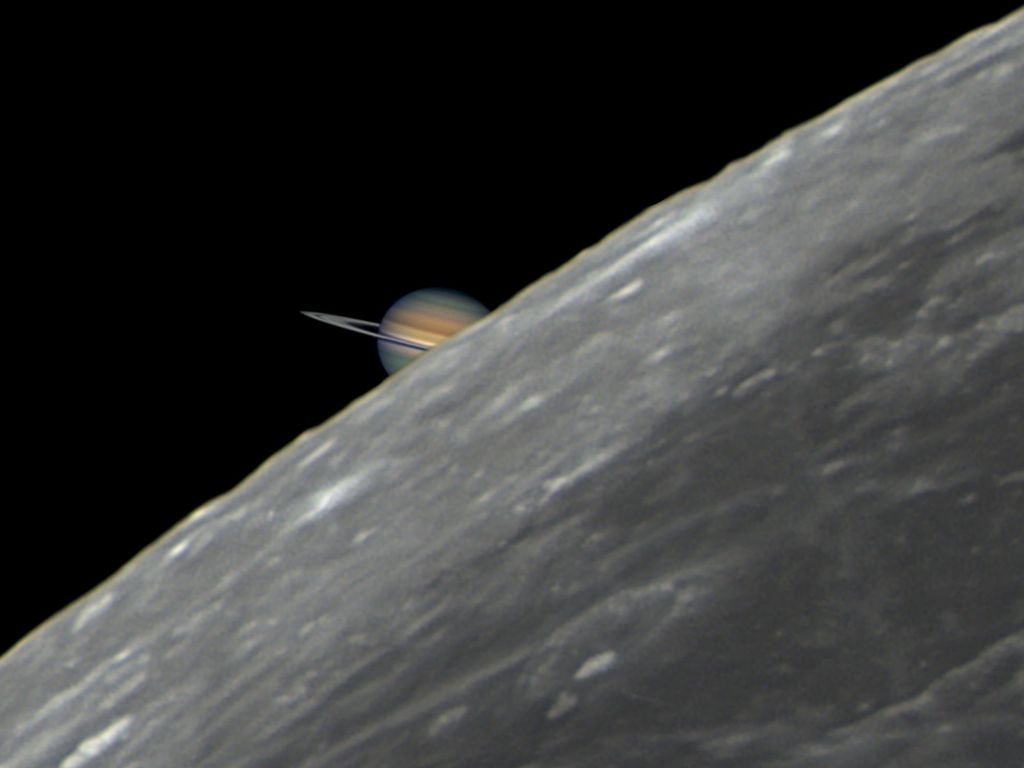
Current Moon Phase and Timetable
The conjunction will be visible from dusk to dawn on 11 November. The closest moment will be at 10:36 p.m. The Moon is in a waxing gibbous phase, 70.1% illuminated. This phase is ideal for observing, since the lunar light is not as intense as during a full moon. The waxing gibbous phase of the Moon offers perfect illumination for observing details on its surface, such as craters and mountains. In addition, the light reflected by the Moon will not be so bright as to obscure the view of Saturn and its rings. This balance of light makes observing more pleasant and detailed.
To observe this event, find a spot with a clear horizon to the southeast. The Moon and Saturn will be relatively low in the sky, so it's important to avoid obstacles such as buildings or trees. The conjunction will be visible to the naked eye, but binoculars or a small telescope will enhance the experience. Remember that patience is key to astronomical observing. Take your time to adjust your instruments and find the best viewing angle. The reward will be a stunning view of the Moon and Saturn, leaving you in awe of the majesty of the Universe.
Dust off that old camera
To capture the conjunction in all its glory, a DSLR camera with a telephoto lens is ideal, and a sturdy tripod is essential to prevent shake and get sharp images. Use a remote shutter release or the camera's timer to minimise vibrations when taking the photo. Adjust your camera settings to a low ISO (100-400) to reduce noise and a wide aperture (f/2.8 - f/5.6) to capture more light. Experiment with different exposure times, starting with 1/60th of a second and adjusting as needed. Don't forget to check and adjust the focus manually to get the sharpest possible results.
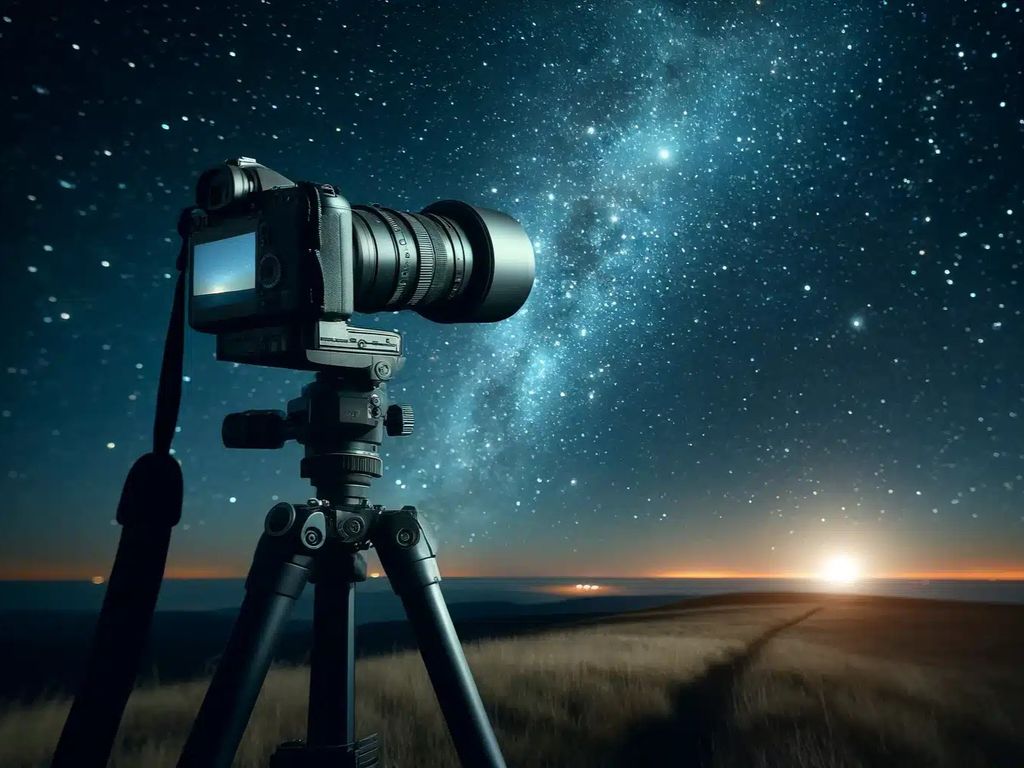
Astrophotography requires patience and practice. Don't be discouraged if your first few photos don't turn out the way you expected. Adjust your settings and keep trying. Each attempt will bring you closer to capturing the perfect image of the Moon and Saturn conjunction. Remember that editing your photos is also an important part of the process. Use editing software to adjust brightness, contrast, and other parameters. This will help you bring out the details and get a final image that reflects the beauty of the event.
How to enjoy the conjunction
For optimal viewing, choose a spot away from light pollution. Rural areas or national parks are ideal. In Mexico, places like the Desierto de los Leones in Mexico City or the Sierra de San Pedro Mártir National Park in Baja California offer dark, clear skies. Bring a comfortable blanket or chair, warm clothing, and some hot drinks with you and take your loved ones to enjoy this wonderful event. Remember that astronomical viewing requires time and tranquility.
If you have a telescope, adjust the focus to get a clear image of Saturn and its rings, along with the Moon in its waxing gibbous phase. Observing the conjunction can be a relaxing and meditative activity. Take advantage of this time to disconnect from the daily hustle and bustle and connect with nature. Listening to the night sounds while observing the sky can be a deeply comforting experience.






